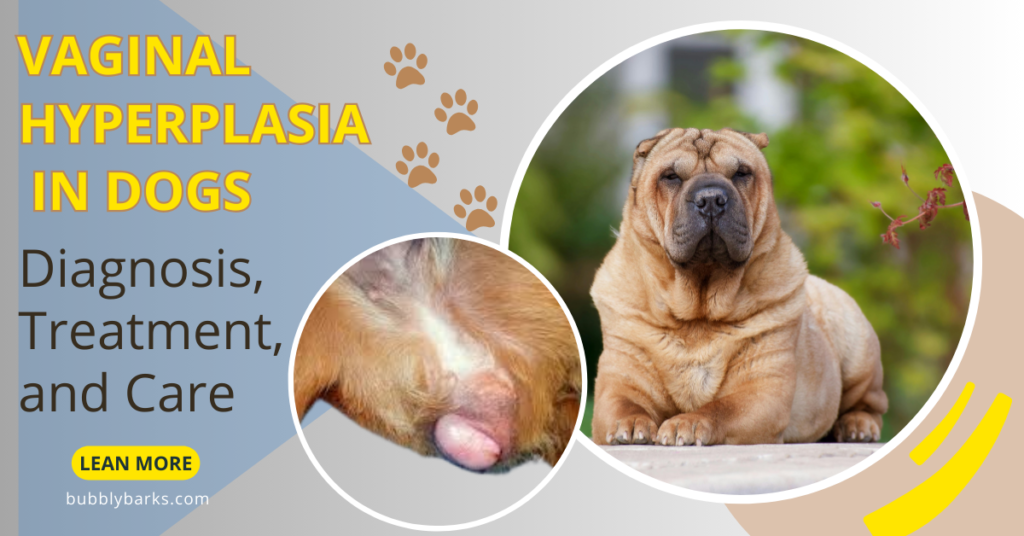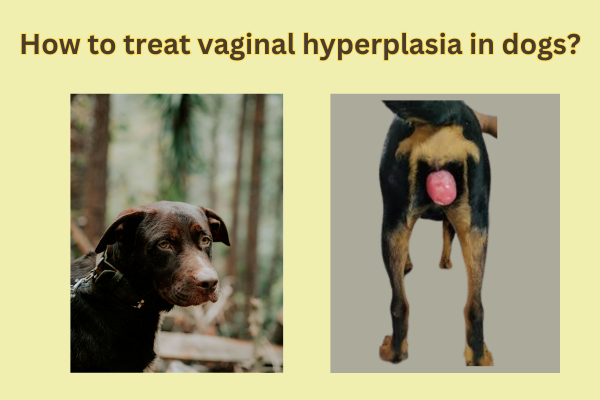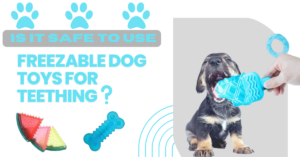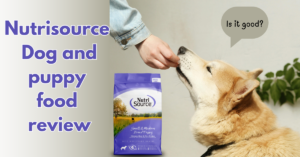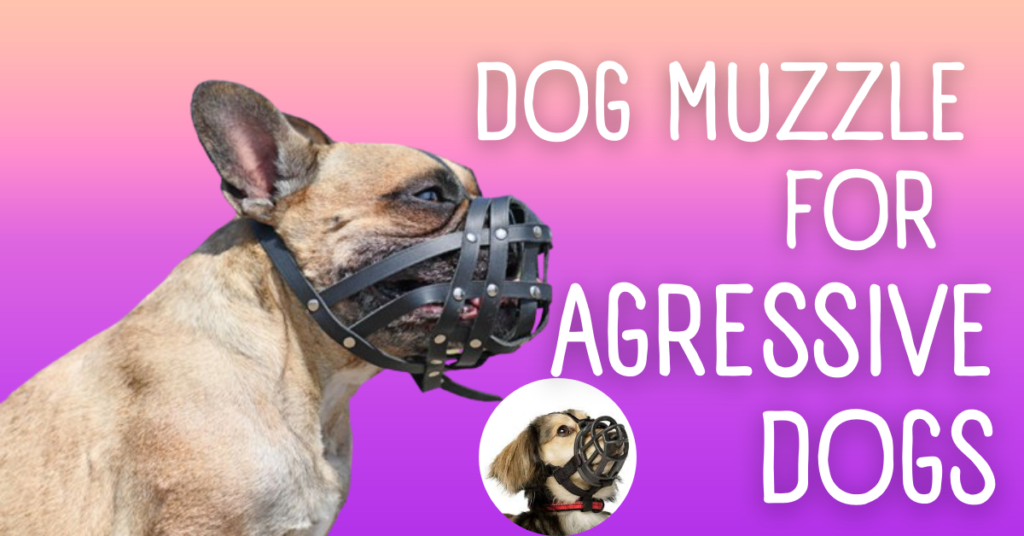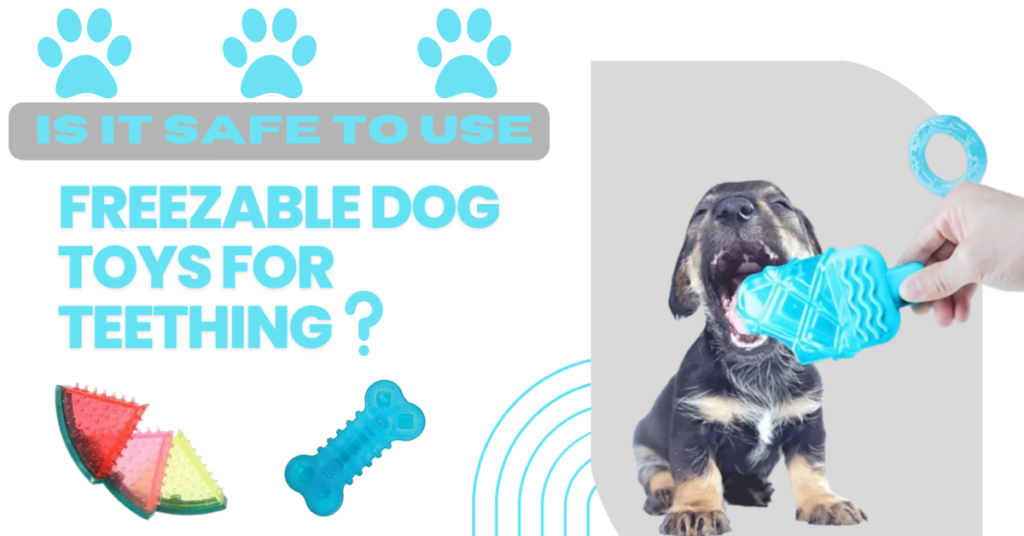Are you taking care of a female dog? Did you notice any unusual things in the dogs’ vaginal area? Then, in this case, you must deal with the condition and take your dog to the veterinarian for diagnosis and treatment. Here, we will study Vaginal Hyperplasia in Dogs and its causes, which will help you to understand this disease in female dogs.
What is Vaginal Hyperplasia in Dogs?
Vaginal hyperplasia can also be referred to as vaginal bulge, vaginal eversion, uterine crease rupture, or ovulation enlargement. It is the swelling tissue in the vagina that protrudes into the vaginal canal and frequently passes past the female dog’s vulvar lips. Vaginal hyperplasia is the term for a swollen and irritated vaginal mucosa that is impacted by estrogen. This kind of swelling causes the vaginal mucosa to protrude from the vaginal lips.
What signs of vaginal hyperplasia do dogs exhibit?
A bulge that resembles a tongue and protrudes from the dog’s vulva is an apparent indication of illness. Additional signs and symptoms consist of-
- Discomfort when urinating
- Vulva’s intense licking
- Visible tissue at the vaginal opening
- Tissue edema
- Having puppies during birth might be challenging
How to diagnose Vaginal Hyperplasia in dogs?
Your veterinarian will evaluate the signs and deliver a correct diagnosis. Most veterinarians think there is a link between increased estrogen levels and uterine rupture. The findings and conclusion are supported by the fact that the ailment typically manifests itself before the dog’s heat cycle when estrogen levels are higher.
Prolapse, when tissue fragments are visible, may occur from a severe case of the illness. Naturally, vaginal hyperplasia is the correct diagnosis when a female dog exhibits overt symptoms of enlarged and protruding vaginal tissue.
How to treat vaginal hyperplasia in dogs?
Low-grade cases are self-resolving and do not require medical intervention. To prevent dryness, the veterinarian will clean the vaginal region and moisten it with antibiotic lotion. The veterinarian could advise sterilizing if you don’t want to breed dogs to reduce the possibility of issues in the future.
The best option if you plan to marry your dog would be to use artificial insemination. In cases when the illness is severe, the veterinarian may decide to suture the mass back into the vagina. Once the heat cycle is finished, the lump will go away. The veterinarian will also decide whether to remove the dead tissue clinically. This will prevent hyperplasia from recurring.
If your dog’s vaginal tissue has not been damaged and urination is feasible, hormone therapy is an additional alternative. The vaginal prolapse will be corrected, and the heat cycle will be accelerated by hormone therapy. The vet may treat the affected area with topical cream to lessen the pain and swelling.
How to clean vaginal hyperplasia in small dogs?
The vulva is a delicate bodily part of your dog. You may notice discharge or blood flowing from the region as she becomes hot. She can swipe often to wash herself, but you should assist her in maintaining her hygiene at this time. Her vulva may swell, especially while the heat cycles are on. This is typical and doesn’t need to be taken any more seriously. Keeping her at home and away from intact male dogs and maintaining clean bedding can help manage her discharge. A basic wash or bath will suffice.
Typically, all that must be treated is a light cleaning and using an emulsion to soothe and shield the area. An Elizabethan collar or nappy may be necessary in severe circumstances to avoid additional stress and itching. She can benefit from 100% coconut oil from your cooking area if she licks her skin excessively, causing her skin to become dry and inflamed. If she licks off the coconut oil, that’s good, but you might need to reapply. Regular dog washing should also aid in maintaining cleanliness in all areas. When cleaning her vagina and behind, make sure you first use a towel to clean the surface of her face.
What kind of ointment for vaginal hyperplasia in dogs?
The veterinarian will cleanse the genital region and moisten it with an antibiotic-containing cream to prevent hardening. Human drugs like Vaseline, hydrocortisone, or Neosporin are never appropriate. Whenever possible, steer clear of topical lotions and creams, as they frequently irritate dogs’ skin even more.
Vaginal prolapse may return after treatment, particularly if it is not spayed during the subsequent heat cycle. It would help if you kept applying topical creams to your dog in the interim to aid in healing. Your veterinarian has encouraged you to consider sterilizing your dog. Watch the dog to ensure they are not rubbing or scratching that region.
Conclusion
Maintaining and sanitizing your dog’s vagina is similar to keeping the other parts of her body. You ought to be aware of her vaginal changes throughout her period and when she is in heat. A routine bath and cleaning themselves work well when she’s not in the heat unless she’s bothered and itching. This can indicate a yeast infection, which is also readily addressed.
In conclusion, call your veterinarian if you see a pink mass emerging from your dog’s vagina. Contact your veterinarian or a medical trauma facility immediately if your dog appears uncomfortable or is experiencing problems urinating.
FAQs- Understanding Vaginal Hyperplasia in Dogs
Q.1 How may hyperplasia in dogs be cared for at home?
Ans—Saline washes are used to clean the affected area daily. The proper jelly beans are used for lubrication. An Elizabethan collar is worn to prevent overindulgence in gnawing and licking.
Q.2 Is it typical for female dogs to have brown material surrounding their manhood?
Ans- Genital discharge is often visible. In other instances, the pus-filled area appears white or yellow in color, frequently signifying a urinary tract infection. In some, the blood causes it to seem reddish or brown. Blood might result from foreign bodies or severe injuries.
Q.3 What is the duration of hyperplasia in dogs?
Ans- The prolapse or hyperplasia typically disappears when ovarian estrogen production elapses after the season. But the prolapse might come back every season after that.
Q.4 How are your dogs’ underarms cleaned?
Ans- Similar to diapers, pads can aid with mess management. She can also be kept clean with a gentle genital wipe. She might also lick the region frequently. A damp towel or dog wipe will do the trick if she needs a quick wipe, regardless of whether she is in heat.
Also Read- Top health benefits of beef trachea for dogs
